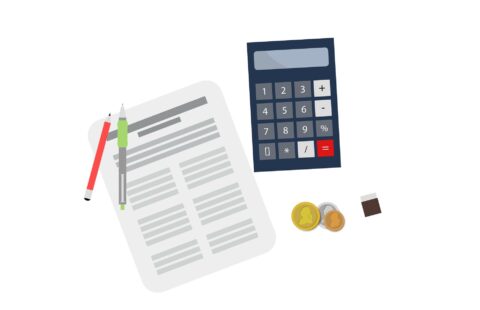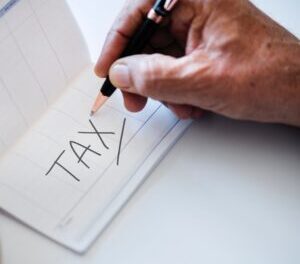Thinking about claiming capital allowances? Business tax relief is available on certain expenditures in the form of capital allowances. Thomas Nock Martin can provide advice on maximising tax relief for capital expenditure. At the same time, helping you bag some extra cash in the process of relocating your premises.
If you’re relocating to other premises, extra tax deductions may be applicable. Or, you may be able to use them in your negotiations for a better price.
So, how do you get extra tax deductions for your business when relocating to other premises?
Ask the experts
Despite a tightening around capital allowance rules in both 2012 and 2014, there are sectors within the tax advisory industry that can help you. Specialists in this area can help you find opportunities to claim extra capital allowances (CAs) hidden in business premises and any possible tax deductions.
This requires expert industry knowledge and often involves identifying plant and machinery (P&M) associated with the premises.
Claiming capital allowances
Generally there are two scenarios where the opportunity to claim capital allowances may arise. These are as follows:
- When your business has occupied the same premises since before April 2012 (and especially prior to April 2008)
- When you’re moving to different premises or acquiring an additional one
How to know what to look for?
Capital allowances are applicable on most equipment used within a business. However, before purchasing a property you should always take note of which items the seller can’t take with them, both inside and out. These are classed as part of the structure.
Such items may be obvious. However, others may be integral features such as air conditioning systems, which are regularly overlooked. This is a perfect example of a potentially missed claim.
It is important to make note of these before a purchase is complete. This is because due to new rules introduced in 2014, items not identified prior to completing cannot be submitted for capital allowances. You may need to compare notes with the seller to identify any unclaimed items.
However, here’s where the help of an expert may come in handy; although you want to identify any unclaimed items you also don’t want to hand possible tax savings over to the current owner of the property.
Tread very carefully.
If you do a thorough examination of the premises and simply give your list of qualifying items to the seller, they are within their rights to claim CAs for everything they have overlooked.
How to ensure you receive the tax savings not the seller
Firstly, ensure you ask for a list of P&M included in their CAs records at the beginning of the process. If there are discrepancies compared to your list here is your bargaining power. This allows you to negotiate over the tax savings. A simple and effective solution for both parties is to agree to split the tax savings from any extra CAs identified.
Secondly, take note of when the seller first occupied the premises. If this was before April 2008, then any integral features were unable to be claimed. However, as the new owner you are entitled to claim for these. Therefore, a list of these items is essential.
Get expert advice today
Over 50% of all businesses in the UK do not claim the capital allowances that they are entitled to. You need to have the industry knowledge and know the tax rules and their quirks inside out. Otherwise, maximising your capital allowance can be difficult.
Thomas Nock Martin chartered accountants in the West Midlands has a great deal of experience with capital allowances so get in touch with our tax team to find out more about how we can help you.
If you have found this blog helpful. you may wish to read our previous blog on The Most Tax Efficient Ways to Manage A Director’s Loan Account.
All the latest Business News brought to you by AIM Internet.
AIM Internet specialise in digital marketing services that provide strategic online marketing solutions to grow your business. Contact us today to find out more.




